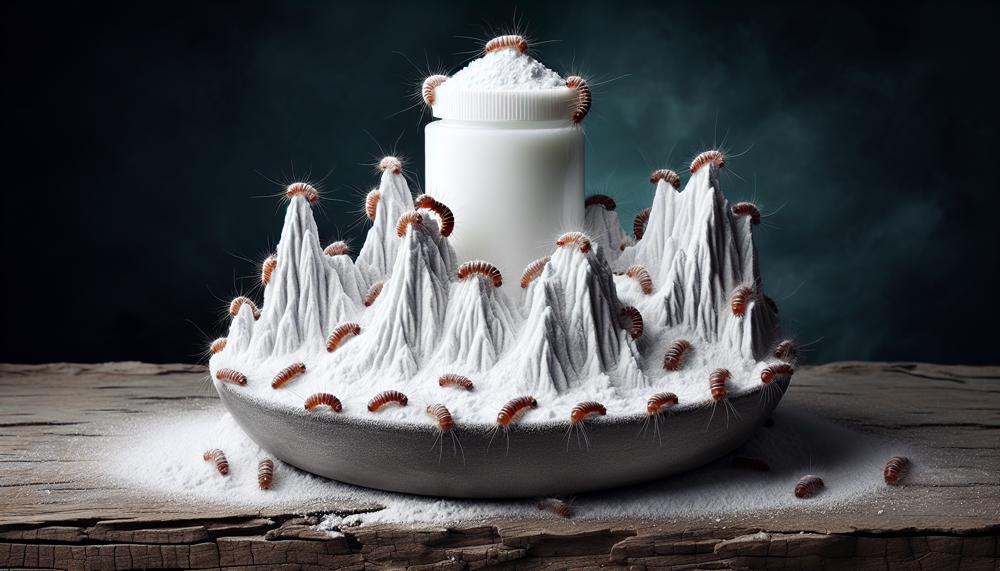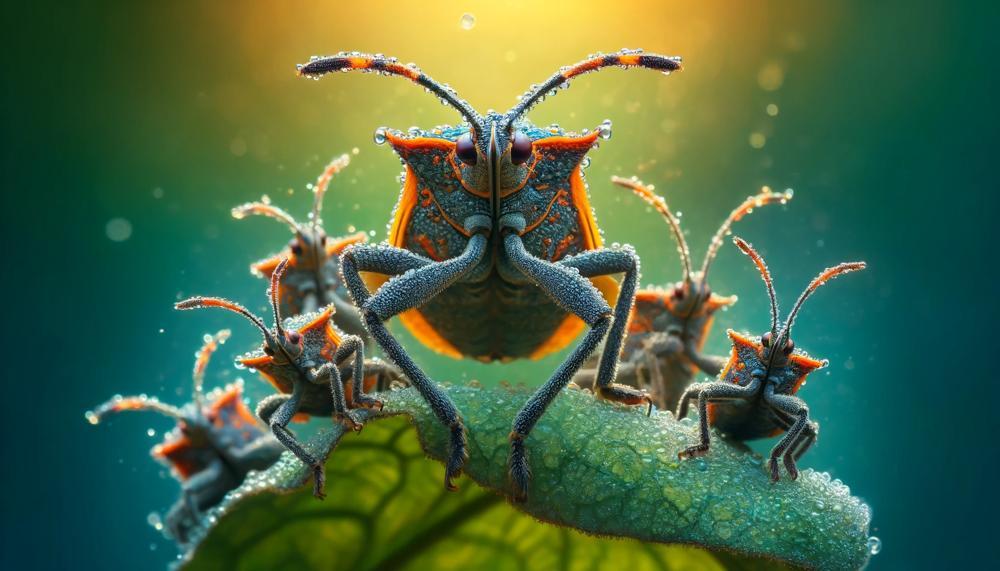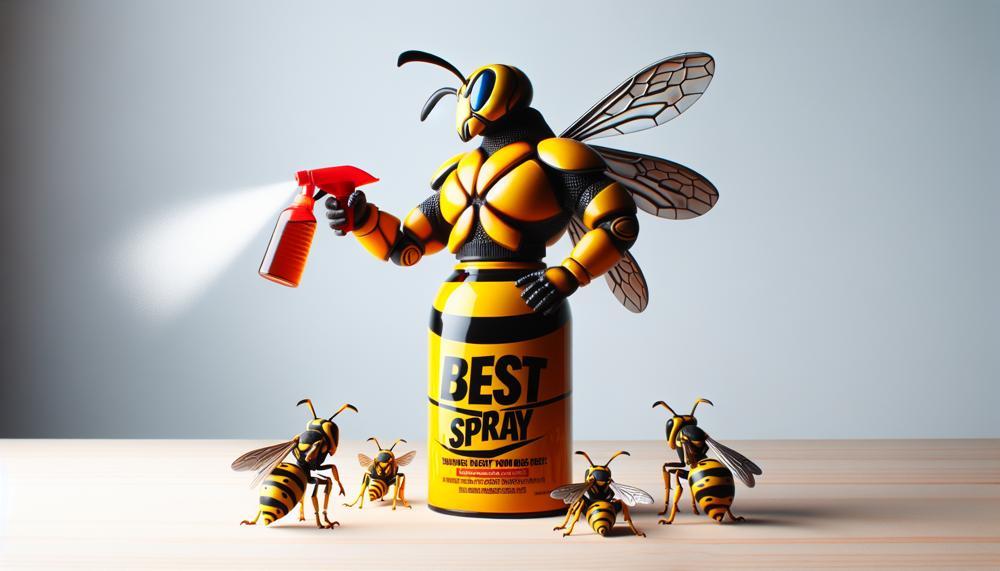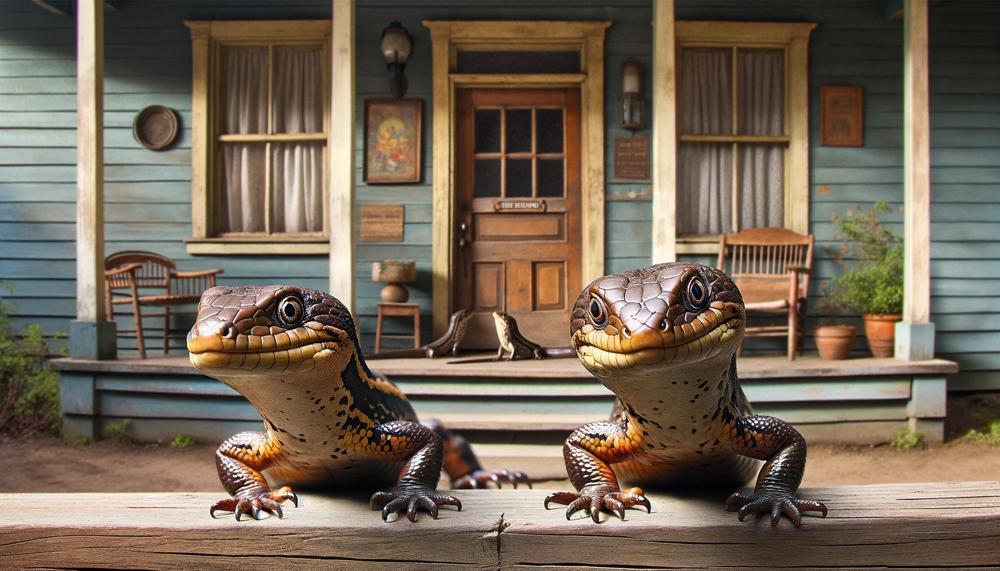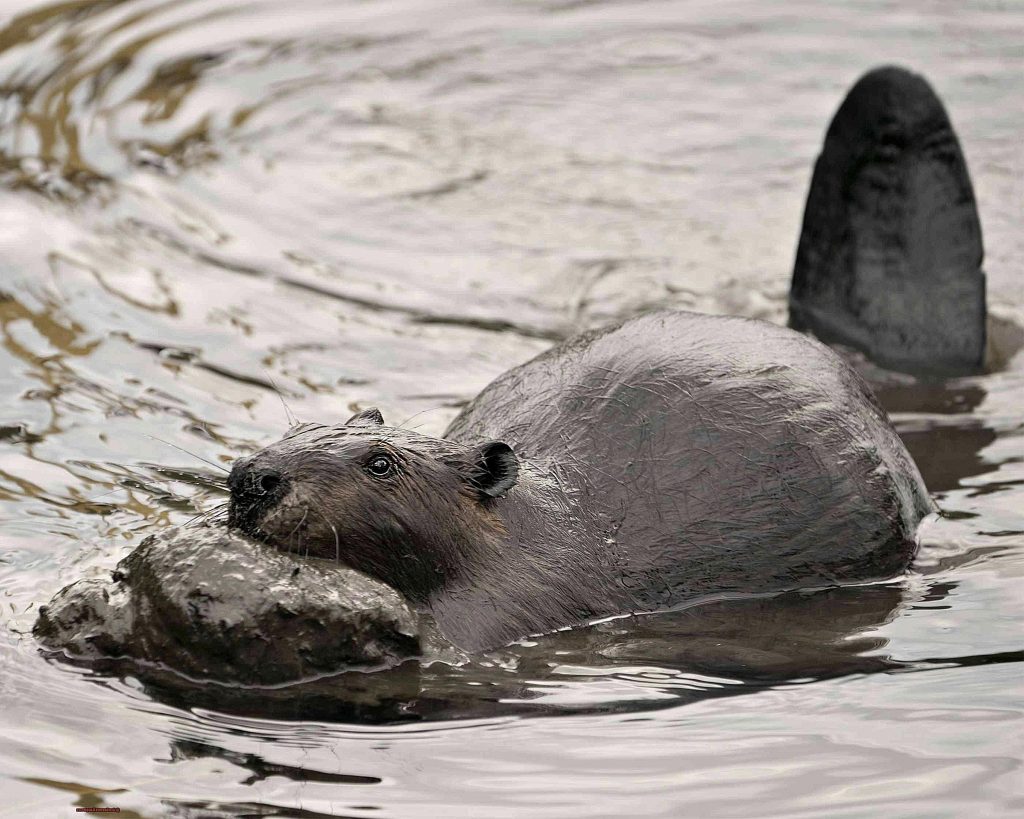Lice, those tiny, uninvited guests that can make our heads itch like crazy, are a common problem, affecting millions of people worldwide. If you’ve ever had the misfortune of dealing with these pesky critters, you know how frustrating it can be to get rid of them.
But what if there was a natural, effective, and affordable solution to this hairy situation?
In this comprehensive guide, we’ll delve into the world of borax and its potential as a lice-fighting superhero. Get ready to discover whether this humble powder can truly knock out those pesky lice for good.
Key Points Covered:
- Understanding the prevalence of lice infestations and their impact
- Exploring the properties of borax and its potential as a natural lice treatment
- Investigating scientific studies and anecdotal evidence to assess the effectiveness of borax against lice
- Discussing the safety and potential side effects of using borax for lice elimination
- Providing step-by-step instructions for using borax as a lice treatment, including application methods and precautions
Table of Contents
- 1 The Effectiveness of Borax Against Lice: Exploring Potential Benefits
- 2 Applying Borax for Lice Treatment: A Step-by-Step Guide
- 3 Precautions and Safety Measures When Using Borax for Lice Treatment
- 4 Alternative Methods for Lice Eradication: Exploring Other Options
- 5 Comparing Borax with Other Lice Treatments: Weighing the Pros and Cons
- 6 Preventing Lice Infestations: Essential Tips for Homeowners
- 7 Conclusion
The Effectiveness of Borax Against Lice: Exploring Potential Benefits
Borax, a naturally occurring mineral, has been traditionally used as a lice treatment for centuries. While anecdotal evidence suggests its effectiveness, scientific research on its efficacy is limited. Nevertheless, the potential benefits of borax in eliminating lice infestations warrant further exploration.
- Anecdotal Evidence: Many individuals have reported successful lice elimination using borax. Borax’s ability to dehydrate and kill lice, along with its low toxicity, has contributed to its popularity as a natural lice remedy.
- Insecticidal Properties: Borax exhibits insecticidal properties, making it effective against various insects, including lice. The borate ions in borax interfere with the lice’s nervous system, leading to paralysis and eventual death.
- Low Toxicity: Studies have demonstrated the low toxicity of borax when used as directed. This safety profile makes it a suitable option for individuals seeking a natural and non-toxic lice treatment.
While borax shows promise as a potential lice treatment, it is crucial to note that more rigorous scientific studies are needed to fully evaluate its effectiveness. Additionally, it is essential to use borax according to the recommended guidelines to ensure safety and efficacy.
| Effectiveness of Borax Against Lice | Scientific Evidence |
|---|---|
| Anecdotal Evidence | Limited scientific studies |
| Success in Lice Elimination | Insecticidal properties of Borax |
| Low Toxicity | Studies on Borax’s toxicity |
Applying Borax for Lice Treatment: A Step-by-Step Guide
When using borax to treat lice, it is essential to take precautions to prevent potential health risks. Borax can be harmful if ingested or inhaled, and it can cause skin and eye irritation.
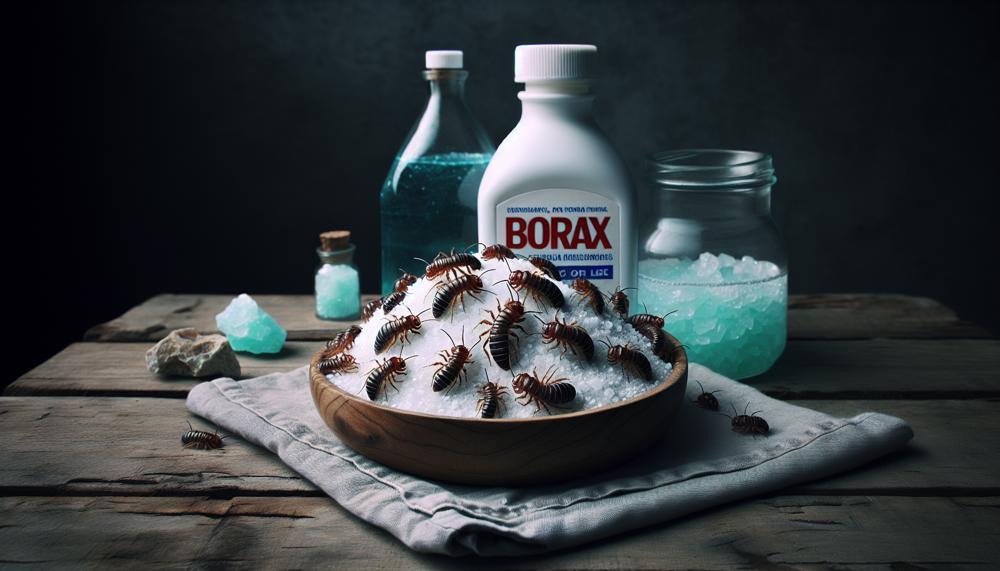
| Safety Precaution | Reasoning |
|---|---|
| Ensure adequate ventilation | Borax can release harmful fumes when heated, so it’s essential to apply it in a well-ventilated area to prevent inhalation of these fumes. |
| Avoid contact with eyes and skin | Borax can cause irritation and damage to the eyes and skin. Wear gloves and protective eyewear when handling borax, and avoid touching your face or eyes while applying it. |
| Do not ingest borax | Borax is toxic if ingested, so never swallow it or apply it to your mouth. |
| Keep borax away from children and pets | Borax can be harmful if ingested or inhaled by children or pets, so store it in a secure location out of their reach. |
| Rinse hair and scalp thoroughly after application | To avoid any residual borax irritating the scalp or causing dryness, rinse your hair and scalp thoroughly with water after applying the borax mixture. |
Precautions and Safety Measures When Using Borax for Lice Treatment
| Safety Measures | Precautions |
| Avoid Skin Contact | Wear gloves and protective clothing when handling borax. |
| Eye Protection | Wear goggles or safety glasses to prevent borax from entering the eyes. |
| Inhalation | Use borax in a well-ventilated area or outdoors to avoid inhaling borax dust. |
| Skin Irritation | Rinse skin thoroughly with water if borax comes into contact with the skin. |
| Ingestion | Do not ingest borax. Keep borax out of reach of children and pets. |
| Storage | Store borax in a cool, dry place, away from direct sunlight. |
By following these safety measures, you can reduce the risk of experiencing any adverse effects from using borax.
Alternative Methods for Lice Eradication: Exploring Other Options
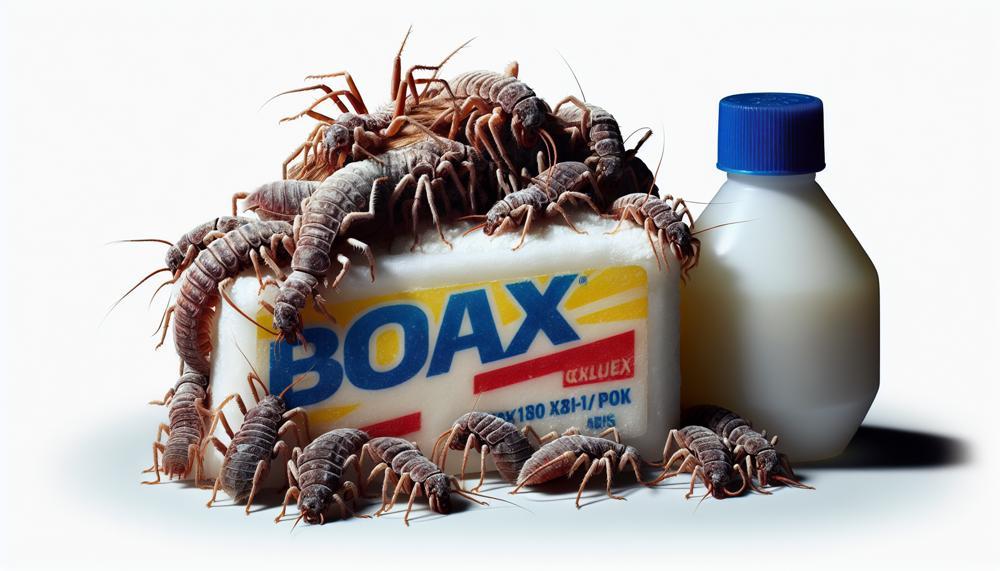
| Alternative Method | Description |
|---|---|
| Manual Removal | Using a fine-toothed comb, meticulously remove all visible nits and lice from the hair, paying close attention to the nape of the neck and behind the ears. Repeat this process daily for at least two weeks, or until no more lice or nits are found. |
| Essential Oils | Certain essential oils, such as tea tree oil, lavender oil, and rosemary oil, have shown potential in repelling and killing lice. Dilute these oils with a carrier oil, such as coconut or olive oil, and apply to the scalp and hair. Leave the mixture on for at least 30 minutes before rinsing thoroughly. |
| Olive Oil Suffocation | Coat the hair and scalp liberally with olive oil, ensuring full coverage. Leave the oil on overnight, covering the head with a shower cap or plastic wrap. In the morning, wash the hair thoroughly with a lice shampoo or regular shampoo. |
| Vinegar Rinse | Mix equal parts white vinegar and water in a spray bottle. Spray the solution onto the hair and scalp, ensuring it reaches the roots. Leave it on for at least 30 minutes before rinsing thoroughly with water. The acidic nature of vinegar helps to dissolve the glue that attaches nits to the hair shaft. |
| Heat Treatment | Using a hair dryer or a lice comb that emits heat, expose the lice and nits to high temperatures. Heat can effectively kill both lice and nits. Be cautious to avoid causing burns or scalp damage. |
Comparing Borax with Other Lice Treatments: Weighing the Pros and Cons
| Advantages of Borax | Disadvantages of Borax |
|---|---|
| Natural and Non-Toxic: Borax is a naturally occurring mineral that is generally considered safe for use on humans. It is also less likely to cause allergic reactions or skin irritation compared to some chemical-based lice treatments. | Can be Drying: Borax can be drying to the hair and scalp, which can lead to itching and discomfort. It is important to use a moisturising shampoo and conditioner after using borax to prevent excessive dryness. |
| Effective: Borax has been shown to be effective in killing lice and their eggs. It works by dehydrating the lice, causing them to die. | Can be Messy: Borax is a powder, which can be messy to apply and remove from the hair. It is important to use a fine-toothed comb to remove all of the borax from the hair after treatment. |
| Inexpensive: Borax is a relatively inexpensive lice treatment option, making it accessible to many people. | Can be Difficult to Find: Borax may not be readily available in all stores, and it may be necessary to purchase it online or from a specialty store. |
| Easy to Use: Borax is easy to apply and remove from the hair. It can be mixed with water to create a paste or solution, which is then applied to the hair and scalp. | Not Suitable for All Hair Types: Borax may not be suitable for all hair types, especially if the hair is dry or damaged. It is important to test a small area of the hair before using borax on the entire head. |
Preventing Lice Infestations: Essential Tips for Homeowners
| Method | Effectiveness |
| Vacuuming | Removes lice and nits from carpets, furniture, and bedding |
| Washing | Washes away lice and nits from clothing, bedding, and other fabrics |
| Drying | Heats lice and nits to kill them |
| Combing | Removes lice and nits from hair |
| Topical treatments | Kills lice on contact |
| Oral medications | Kills lice and prevents re-infestation |
- Borax is not an effective method for preventing lice infestations in homes.
- There is no scientific evidence to support the claim that borax can kill lice or prevent their spread.
Conclusion
Borax, a natural mineral, has been traditionally used as a lice treatment for centuries. While anecdotal evidence suggests its effectiveness, scientific research is limited. Borax exhibits insecticidal properties, dehydrating and killing lice, and its low toxicity makes it a suitable natural option. However, more rigorous studies are needed to fully evaluate its efficacy.
When using borax, safety precautions are crucial to prevent potential health risks. Alternative methods include manual removal, essential oils, olive oil suffocation, vinegar rinse, and heat treatment.
Weighing the pros and cons, borax offers advantages like being natural, effective, and inexpensive, but it can be drying and messy.
Prevention is key, but borax is not a scientifically proven method. Consult a healthcare professional for the most effective lice treatment options.

